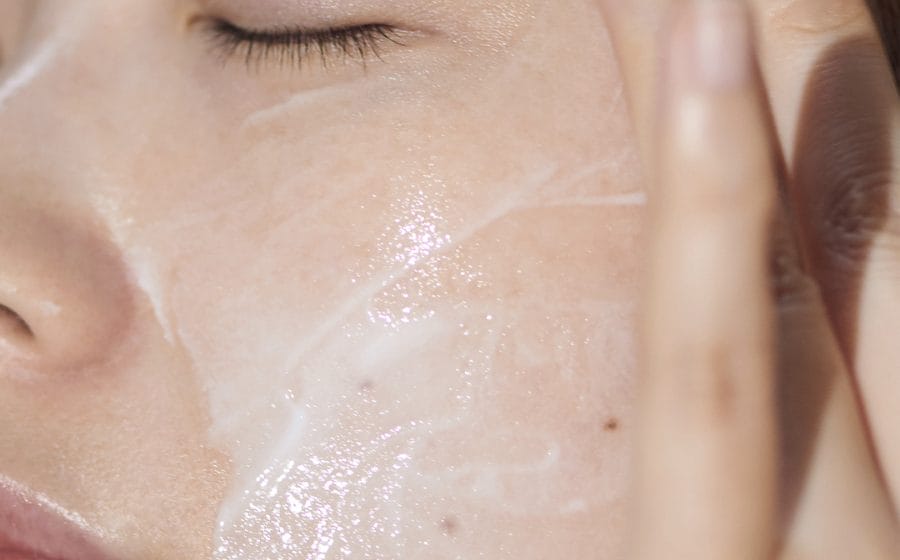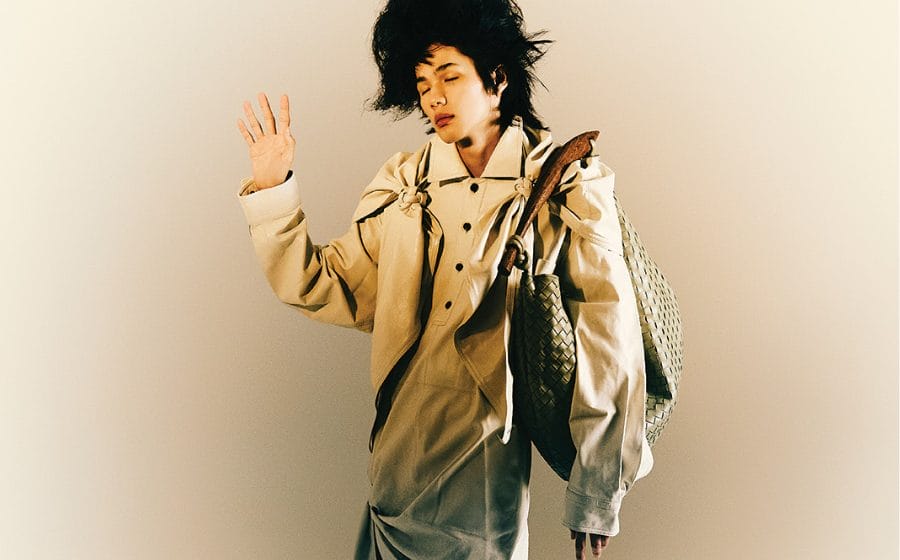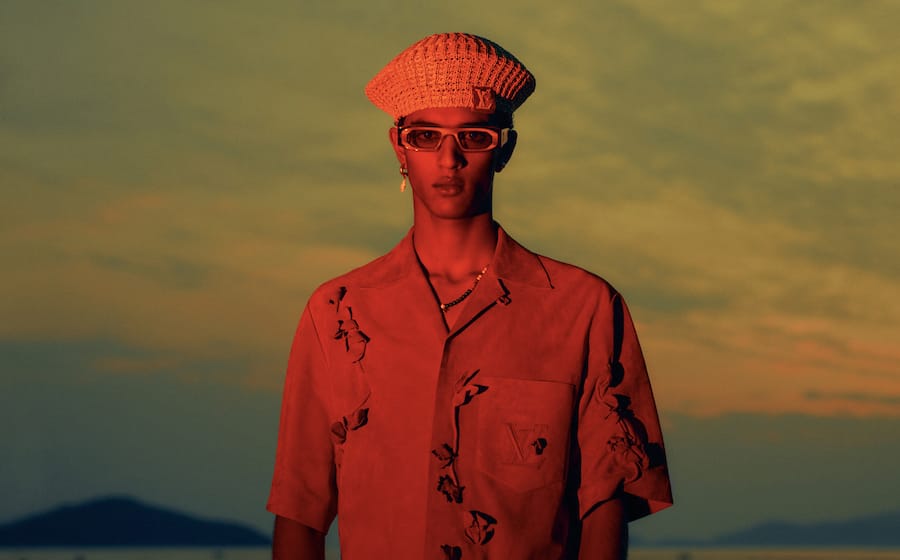 Two years after she won the Men’s Folio Designer of the Year 2021 competition, Miao is back with a new collection that captures and preserves fashion as a platform for social commentary — the designer explains how clothes can construct a sentence that speaks louder than words.
Two years after she won the Men’s Folio Designer of the Year 2021 competition, Miao is back with a new collection that captures and preserves fashion as a platform for social commentary — the designer explains how clothes can construct a sentence that speaks louder than words.
It has been almost two years since you won the Men’s Folio Singapore Designer of the Year competition. Take us through your new collection, what inspired you this time?
My graduate collection is titled “A Jester’s Act” and I was inspired by clowns, jesters, oddities and carnivalesque characters this time. It’s fuelled by the excess materialism held by the upper classes of society and explores the inequality of the world — more specifically the era where we are witnessing the full effects of climate change and fighting against capitalist order. I also used humour for playful juxtaposition between the light and dark themes explored. I was first heavily inspired by the medieval jester, who could freely speak his mind without worrying about the consequences and whose role was not only to entertain, but to serve as advisor to the king or queen of those times. And from there, I went down the rabbit hole and discovered that there are three distinctive types of clowns in the circus — mainly the White face who holds the highest hierarchy and is usually the leader, the Auguste which usually accompanies the White face and lastly the Tramp clown, who was inspired by homeless people in the 19th century, who is the receiver of the other clowns’ comic doings. These three archetypes of clowns are very reflective of class distinction in modern society, therefore I’ve decided to divide my collection into three couples to represent each of these archetypes. This is an even larger collection.
What was the process like?
It all started with a process journal — collecting images that I liked found in books or online —and from those images collected, I could see that I lean towards a maximalist aesthetic. Lots of sketching was done, and I pulled apart my wardrobe and analysed the objects that I own at home. Why do I like these things? Why do I collect these? What does it say about me? I then identified the issue that I wished to address in my graduate collection, and soon my research became more streamlined. Soon came the many hours of sampling garments and making toiles, which had to be refined a few times before I could get to making the final and here I am now!

Speaking of processes, now that you’ve developed further in design, what have you learnt about design that has changed in the last two years?
I once thought that with time and skill, that the creative process of any future projects attempted would be made shorter.But that is not the case — with more contextual knowledge and skill, I find myself always wanting to have more depth in my creative process, attempt better and much more difficult garment finishings, and add a little detail here or there. I have learnt that designing something great, and also something that you will be proud of, will never be a quick process. It will take time and it should take time!
There’s also a sense of gender ambiguity in your new collection, was that intentional? What are your views on creating genderless garments?
Yes, it was intentional. The designed garments and adornments in the proposed collection are not only cohesive in one particular look, but meant to be potentially styled or paired with garments of another look, introducing the idea of modularity through styling. The collection is realised through clothing-like accessories that are interchangeable through different body parts, giving versatility in objects. To me, a cut, fit, sizing, fabric or trim is just that, and I don’t see it as gendered. Clothes are just clothes and one should wear them however they like.
 I see a consistency within your works, where surrealism and themes of childlike serendipity seem to flow. Why do you think you often lean towards such themes?
I see a consistency within your works, where surrealism and themes of childlike serendipity seem to flow. Why do you think you often lean towards such themes?
Themes of surrealism and childlike serendipity interest me, as I could create my own reality. Life can feel a little too much at times and I find myself looking for somewhere to run to — like a different world where it is a safe space to hide and play. The garments and adornments that I design thus often lean towards empowering the wearer or act as a shield towards the world.
Here’s a tough one: As a designer, what story do you want to tell?
That it’s okay to take up space, that the objects we adorn serve as a means to an end, even if it is a personification of an imagined character. Wear whatever you like, layer as much as you like, be ridiculous, be too much! Life is too short and the everyday sidewalk should be our runway. Fashion can be so much more than just clothes, it can be an act of resistance and can even replace the spoken word.

Will you ever attempt to start your own label sometime in the future?
I hope so! Starting a label requires a lot of time, energy and funding. It’s a dream of mine but I don’t want to rush the process. However, I will continue my art practice and see where that leads me, and I hope everything falls into place.
What’s the biggest takeaway from school?
Deadlines are always creeping up, so it is important to manage your time and your own expectations. Plan ahead and go for the most effective ways of doing things, without compromising on quality and the portrayal of meaning. What is accomplished in school is not everything, and we could always grow, improve and work on things even after. Also, make friends! You will need them.
What are your expectations of the fashion industry in Singapore?
I think it will soon get really exciting, especially with University of the Arts Singapore (UAS) becoming the seventh local university. I hope this means better opportunities and funding for creatives and fashion students!

Would you say it’s as grim as they say? Designers are often persuaded not to venture into design and an overseas education offers more opportunities. Do you think that’s relevant considering arts education has become more accessible?
I wouldn’t say it’s grim. I think we are in a state of becoming. The grass is always greener on the other side, but I think what is important is strengthening and having depth in our own work, networking, having media literacy and doing lots of research.
Do you have any resources that were helpful in the creation of the new collection that you can share?
1Granary, Bernadette Banner on YouTube and the fashion collection section on the Victoria & Albert Museum website were really helpful in the creation of my graduate collection!
This interview was first published on the May 2023 issue of Men’s Folio. Catch up with it here.








